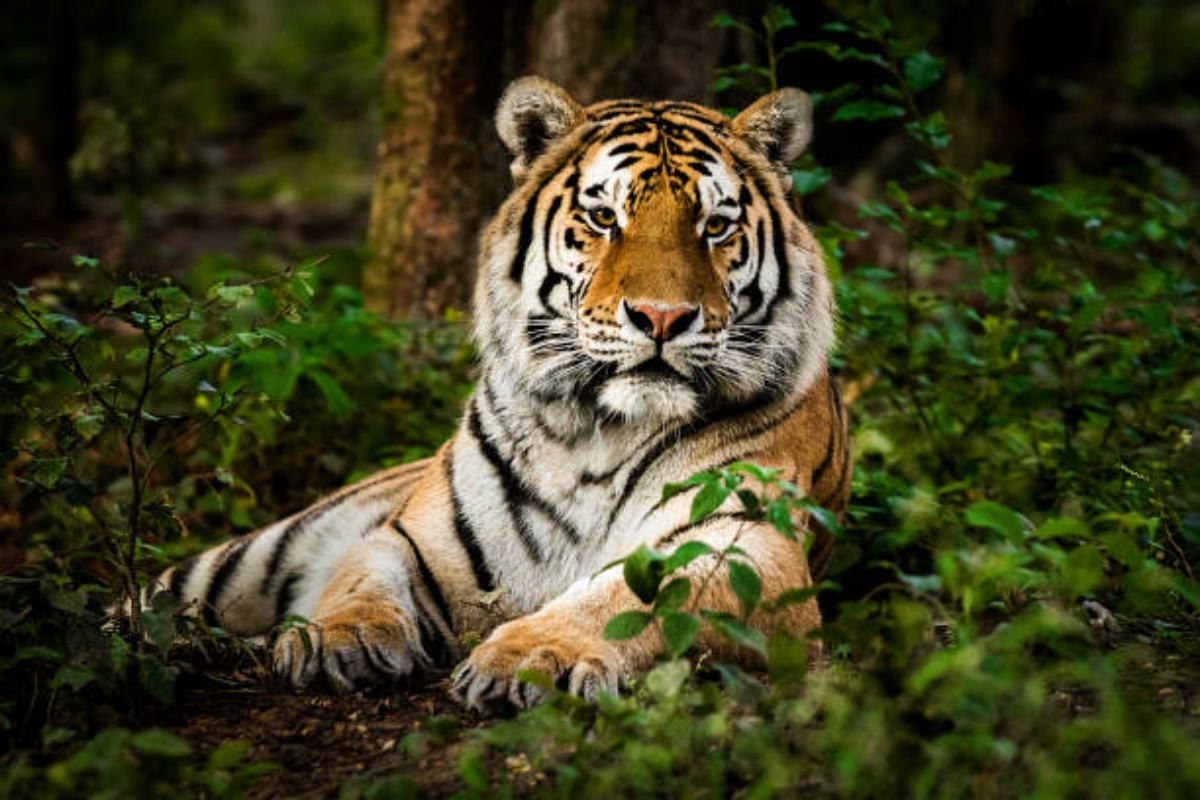Project Tiger will complete 50 years next month after successfully protecting the big cat, which was facing the danger of extinction.
Veteran politician and author Karan Singh was instrumental in implementing the project in late 1960s, when he was in Indira Gandhi’s Cabinet and was asked to take over the chairmanship of the Indian Board of Wildlife, which was established in 1952 to suggest measures to the government to develop national parks, sanctuaries and geological gardens.
Advertisement
Karan Singh said, “The first meeting was simply introductory, but in the second meeting I realised to my astonishment that till then it was the lion that was our national animal, based obviously on the Ashoka Lions in our national symbol.”
But the lion is found only in one corner of India, whereas the tiger stretches all the way from Himachal Pradesh to Kerala and from Gujrat to Meghalaya.
“We, therefore, passed a resolution at our meeting requesting the Government of India to change the national animal from lion to tiger. I took the proposal to Indiraji, who got it passed through the Cabinet and made the necessary amendments. In this way, I was responsible for tiger becoming our national animal.”
Project Tiger was set up with the Prime Minister as the chairman, Karan Singh as the vice-chairman, and Rajasthan forest officer K.S. Shankhala as the first project director.
“We started with nine tiger reserves, and I had the privilege to inaugurate Project Tiger at the Corbett National Park on April 1, 1973,” Karan Singh said.
As per official data, there are 54 tiger reserves in the country presently, with the Ranipur Wildlife Sanctuary in Uttar Pradesh being declared the country’s 54th and the state’s fourth tiger reserve.
Owing to the project, the number of tigers increased from 1,411 tigers in 2006 to 2,967 in 2018, which is 70 per cent of the global tiger population.











